I reckon the best way to learn about a place is to walk around it. I try to do it as often as possible when I travel. Also, I am a big lover of street art, and I want to see the best examples of it in every place I visit. So I designed this self-guided walking tour of Berlin's Kreuzberg district to see some intriguing pieces of street art as well as other things this area has to offer. The tour through the street art mecca begins and ends at Moritzplatz U-Bahn station. It is about five kilometres long and can fit nicely in your morning or afternoon exploration.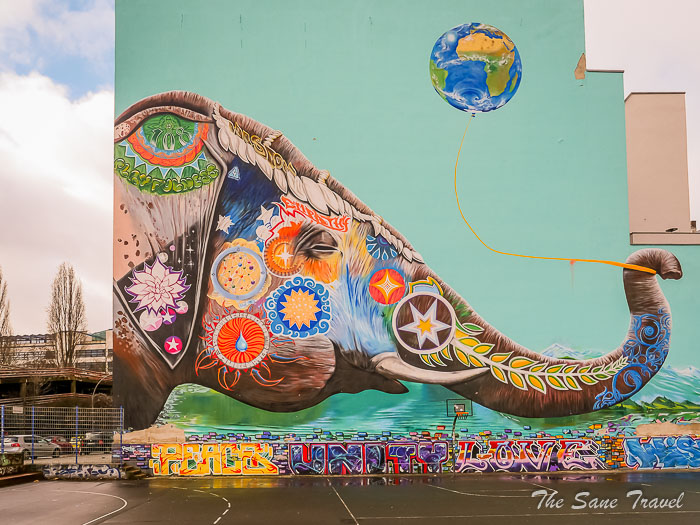
Moritzplatz
Moritzplatz U-Bahn station is located on the U8 line. Peter Behrens constructed this unusual subway station in 1928. It is unusual in that the station was relocated from where it was initially planned. Originally, the station was planned beneath the nearby Oranienplatz, but the Wertheim department store, which had a branch on Moritzplatz, arranged for the station to be constructed there. The station was closed briefly in 1945, and from 1961, it was the last station in West Berlin, after which the train passed through East Berlin until Gesundbrunnen. Recently, Moritzplatz was part of a pilot project allowing passengers to hear classical music at this station.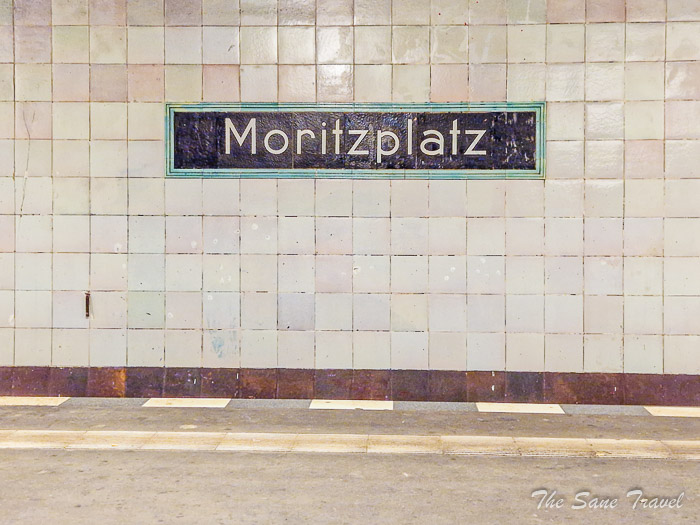
Start your tour by walking on Oranienstrasse and then take Rudi Dutschke Strasse. This area is known as a historic newspaper district during the German Empire and Weimar Republic times. Continue to Charlottenstrasse and notice building No. 13 at the street corner.
Building No. 13 on Charlottenstrasse
This office and commercial building was built around 1920 and renovated in the 1980s. Since 2011, the building has had the permanent exhibition Moments on its walls by the conceptual artist Heiko Mehnert. Sixty-two photographed faces from pictures of the 19th century were put onto the facade between the windows. The project was created in cooperation with the Wallraf-Richartz-Museum & Foundation Corboud in Cologne.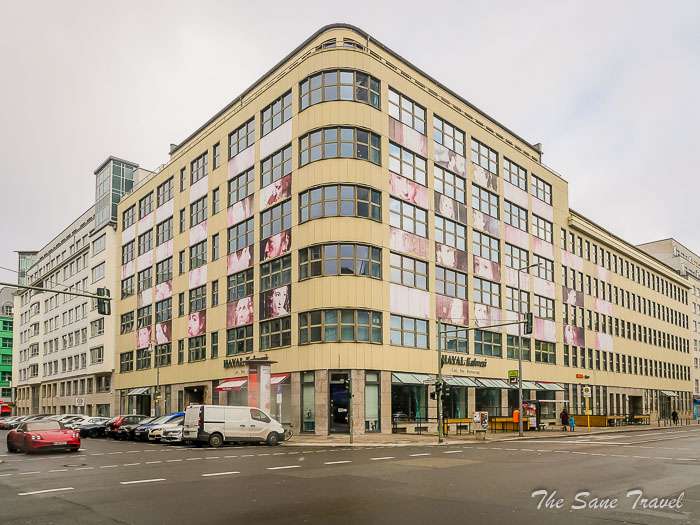
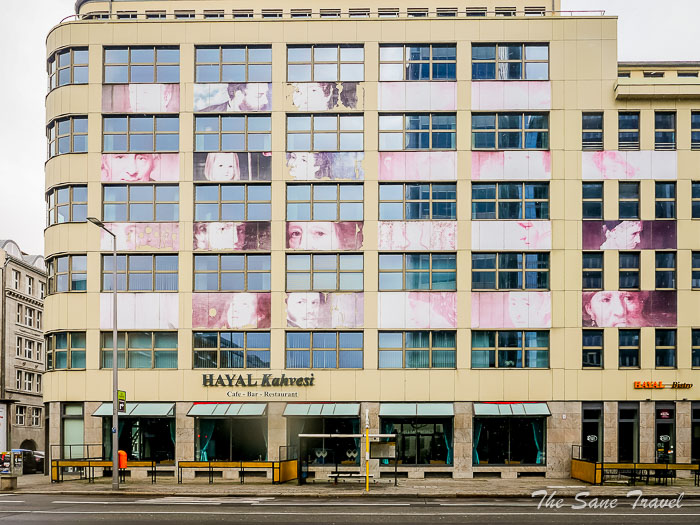
On the next corner turn right and you will see Checkpoint Charlie.
Checkpoint Charlie
It is a reminder of the former border crossing, the Cold War, and the division of Berlin. The barrier and checkpoint booth, the flag, and the sandbags are all on the original site and are popular choices for photos. After the German reunification, the Berlin Wall at Checkpoint Charlie was quickly torn down. The barracks you can visit at the site today are a replica of the former border post. 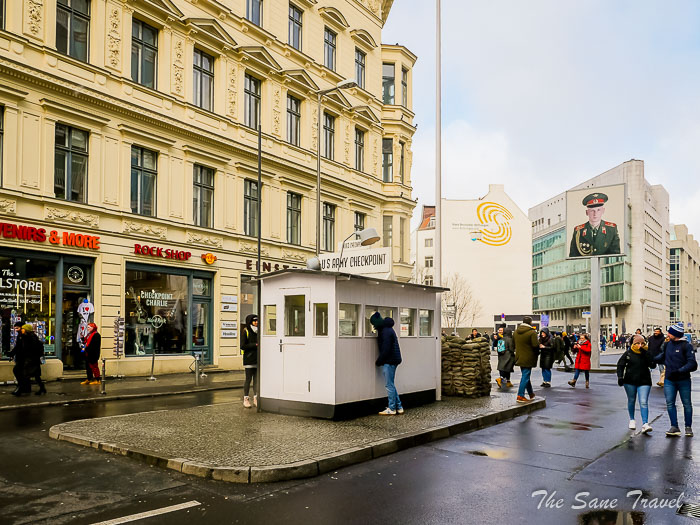
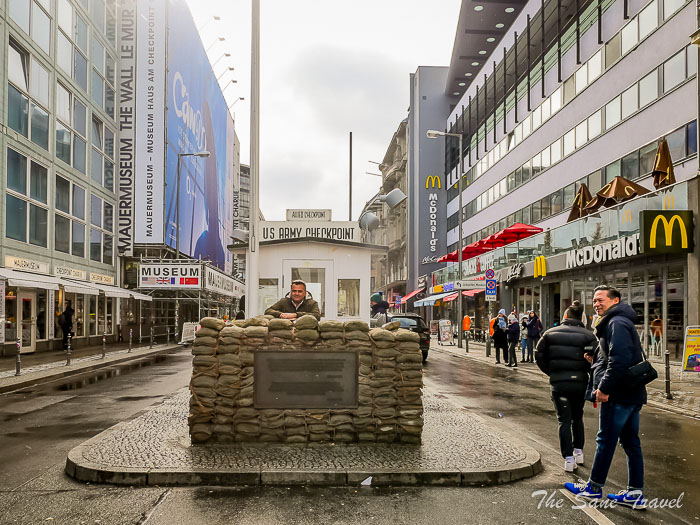 The Wall Museum is also located in the immediate vicinity. By the way, Checkpoint Charlie was the setting for many thrillers and spy novels, from James Bond in Octopussy to The Spy Who Came in from the Cold.
The Wall Museum is also located in the immediate vicinity. By the way, Checkpoint Charlie was the setting for many thrillers and spy novels, from James Bond in Octopussy to The Spy Who Came in from the Cold.
Then turn around and walk on Friedrichstrasse in the direction of Mehringplatz.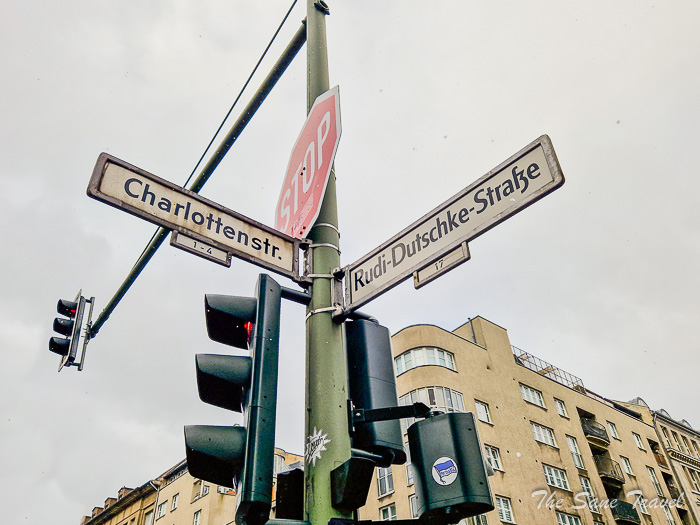 Notice some street artwork on your way and keep your eyes open for a large mural with an elephant on your right-hand side located behind Theodor-Wolff-Park and the sports field.
Notice some street artwork on your way and keep your eyes open for a large mural with an elephant on your right-hand side located behind Theodor-Wolff-Park and the sports field.
"!" or Elephant mural
Born in 1970 in Weimar, Jadore Tong's works have been exhibited worldwide for the past two decades. Wanting to create something inspirational, Jadore found a photograph of an Indian elephant and used it in his mural in 2016. Jadore hoped the mural would be looked on as a symbol of love. The picture with the colourful elephant is 24 metres high and about 750 square metres in size.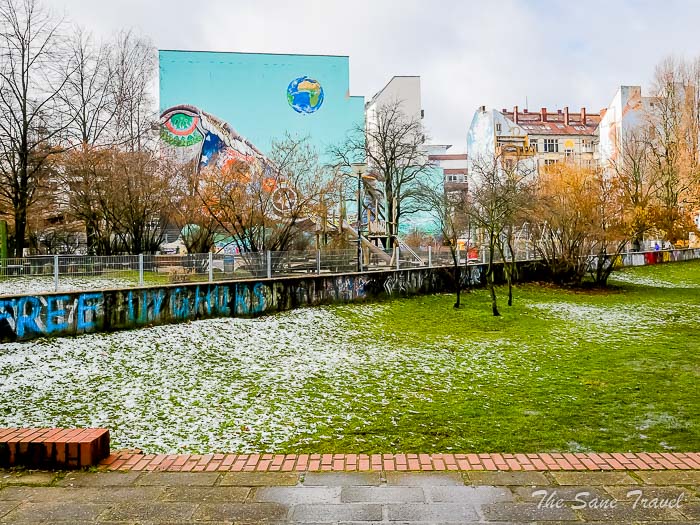

Location: Wilhelmstrasse 7
On the right of the Elephant mural, you will see a building completely covered with murals. It is Tommy Weissbecker House.
Tommy Weissbecker House
The Tommy Weissbecker House is a landmark for Berlin’s alternative culture scene from the 1980s. Tommy Weissbecker was an RAF (Red Army Faction) anarchist who got shot by the police in 1972. Since 1973, the house has provided food and shelter for homeless kids and young people. There are a lot of social projects going on in the house, and Café LINIE 1 is a meeting point for Berlin’s underground music scene. The motifs of the wall paintings are based on central ideas of the leftist intellectual tradition: the dumbing down of people by the mass media and liberation through the return to nature.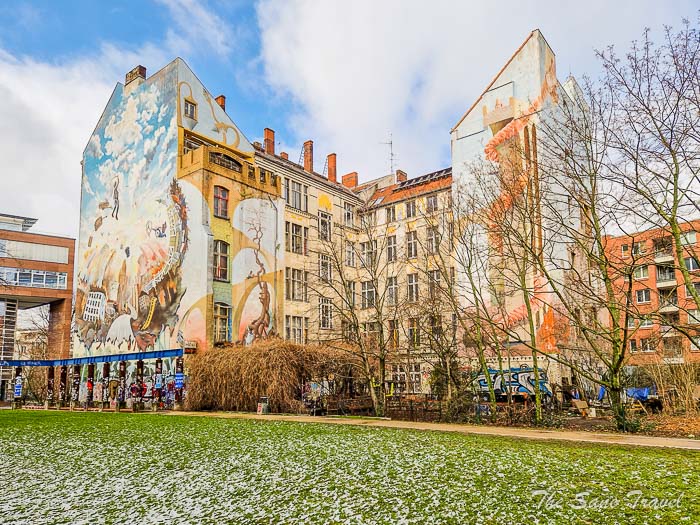
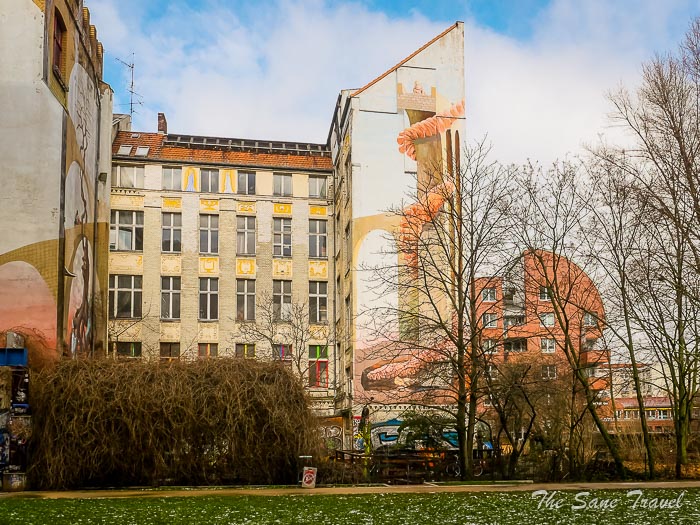
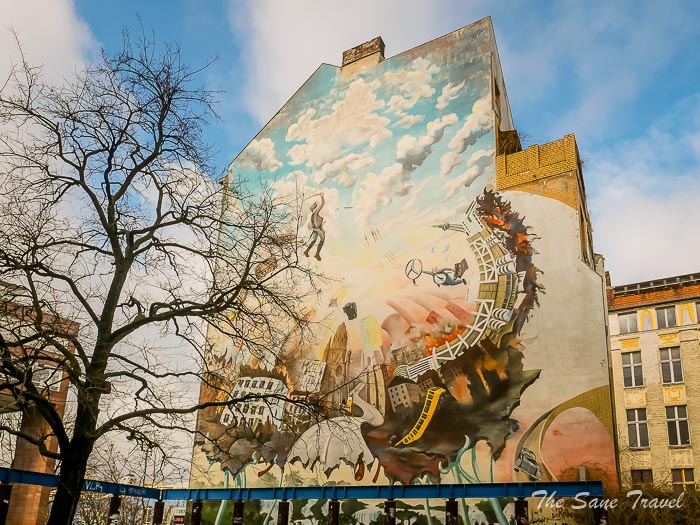
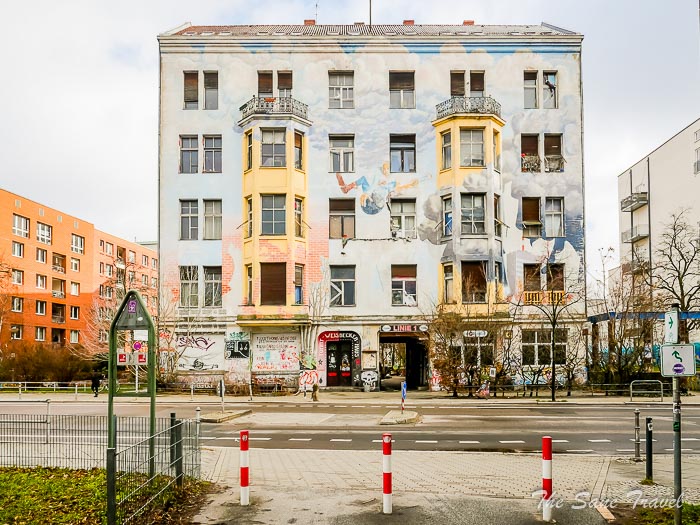
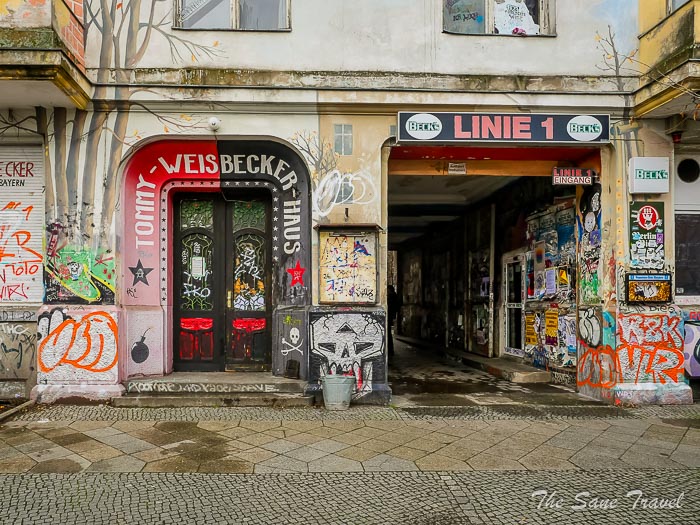
Location: Wilhelmstrasse 9
Murals on a nearby building complex portray everyday people of all ages and cultures. They are painted by the artist collective Graffiti Connection and cover the whole ground level of an apartment building complex.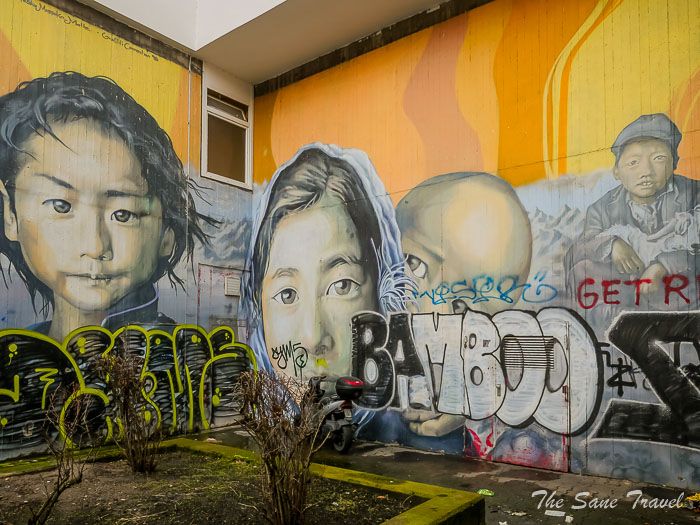
Location: Wilhelmstrasse 2-6
Then return back to Friedrichstrasse and notice murals on residential buildings on your right-hand side. 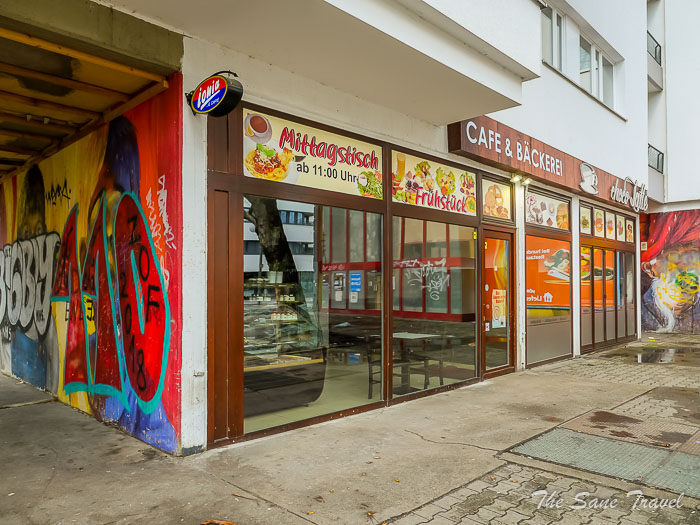
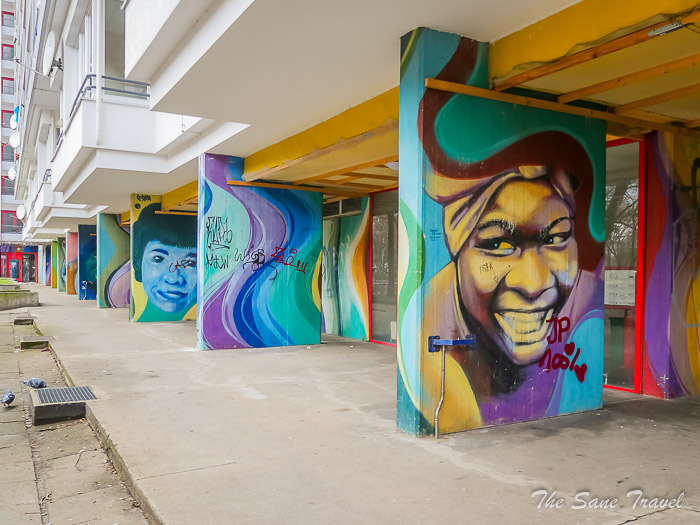 After exploring them, continue your way until you reach Mehringplatz.
After exploring them, continue your way until you reach Mehringplatz.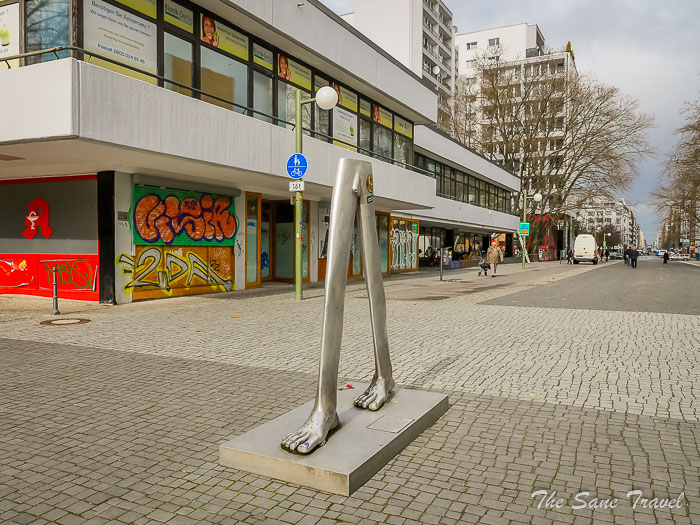
Mehringplatz
The history of the circular plaza at the southern end of Friedrichstrasse dates back to the 18th century. After the almost complete destruction of the plaza during the Second World War, it was reconstructed between the 1960s and 1970s. The Peace Column in the centre of the plaza, erected in 1843, is topped with a brass statue of Victoria, the goddess of victory. 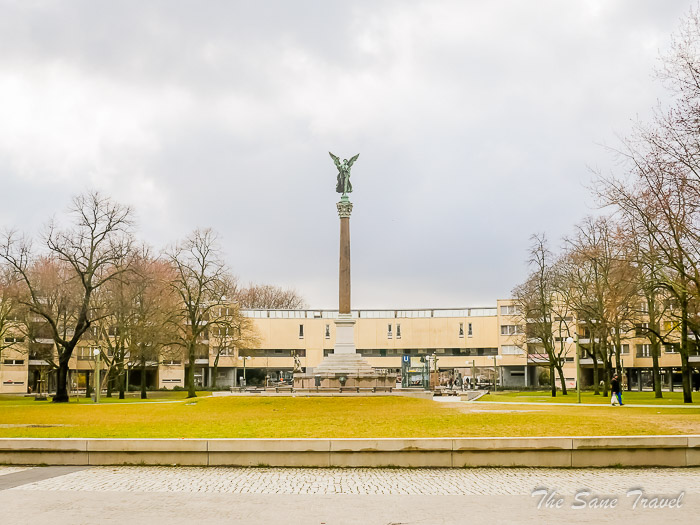 At the end of the 19th century, allegories of the six victorious allies were added to complete the ensemble.
At the end of the 19th century, allegories of the six victorious allies were added to complete the ensemble.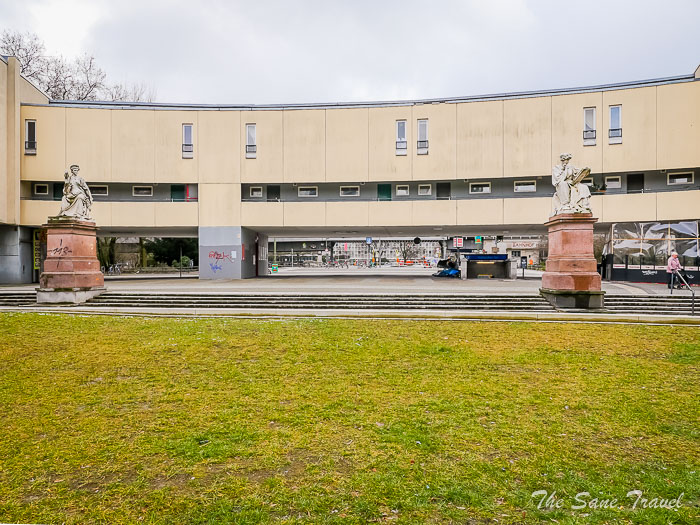
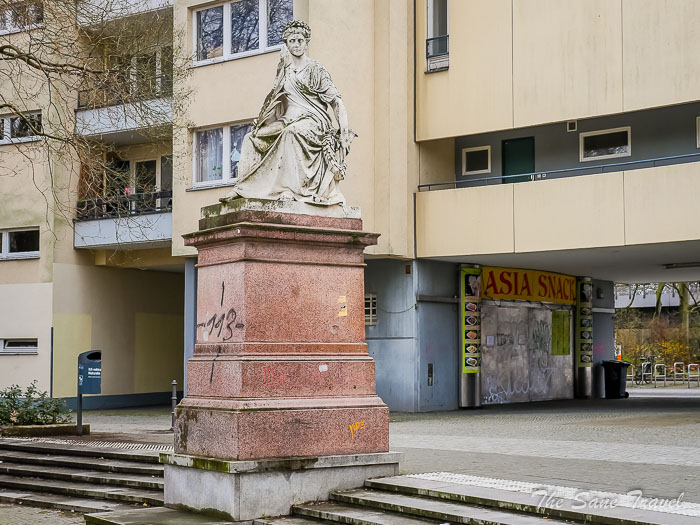
At Mehringplatz, you can see several exciting murals by internationally renowned artists brought to Berlin for the One Wall project initiated by Urban Nation. Among them is the work by US artist Shepard Fairey Make Art Not War, whose Hope poster for Obama's 2008 election campaign has become an icon. Above the mural is the slogan ‘Make Art Not War’, an allusion to ‘Make Love Not War’. The mural thus sends a message of peace and asks viewers to be open, tolerant, and respectful.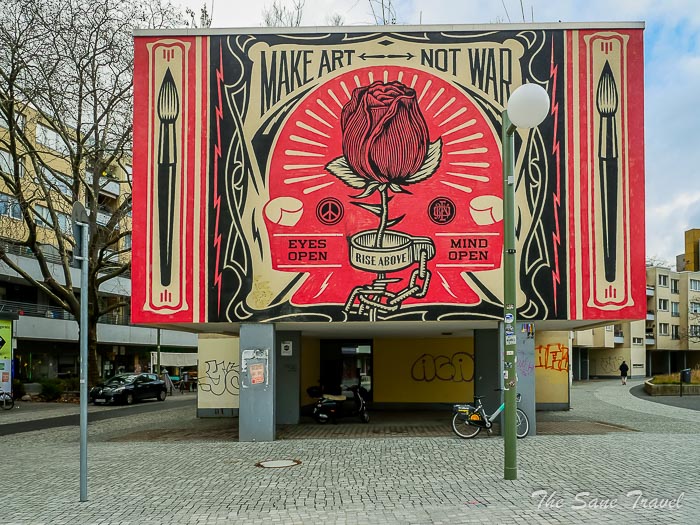
Location: Mehringplatz 28
Located nearby is also Don John's artwork Hoodie Birds.
In 2014, a mural by Danish street artist Don John was created as part of Urban Nation's One Wall project, which aims to bring art to all of Berlin's neighbourhoods. The mural shows on the right side a torso in a black hoodie with his hands buried in his pockets. A head, however, does not appear to be present. A flock of colourful birds pours out of the empty hood. They fly away over the rest of the wall. Later, someone threw red paint bags at the birds, making it look as if they had been shot. 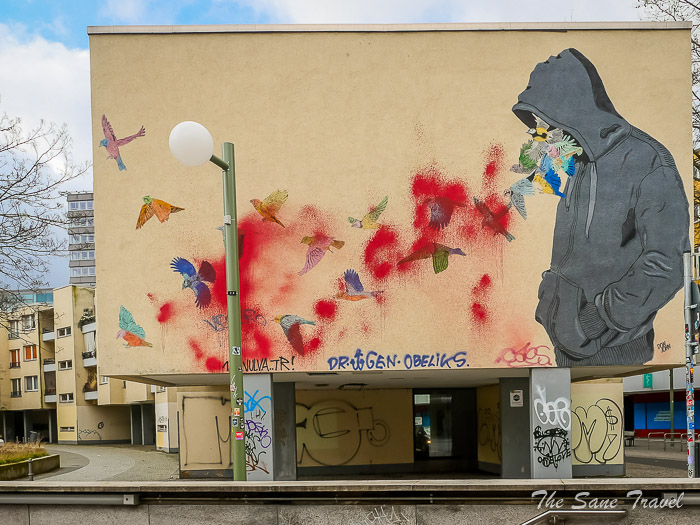 However, Don John's original version had a different, friendlier character.
However, Don John's original version had a different, friendlier character.
Location: Mehringplatz 12
Then leave Mehringenplatz, turning onto Gitschiner Strasse. Along the way, you will see a monument to Maria Juhach in the small park of Hallesches Tor.
Monument to Marie Juchacz
This monument was erected in honour of Marie Juchacz (1879–1956), who was a social democrat, social reformer, women's rights activist, and public speaker. The keywords ‘Freedom, Justice, Equality, Tolerance, and Solidarity’ are written out in capital letters.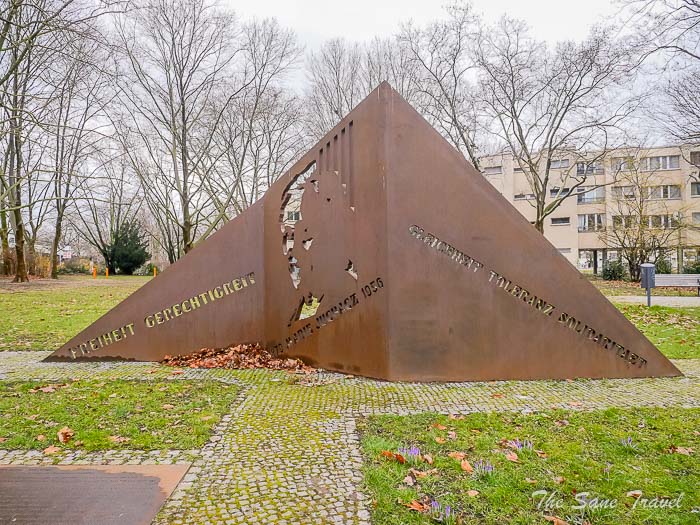
Location: Hallesches Tor.
Then continue your way on Gitschiner Strasse until you see the Brave Wall mural.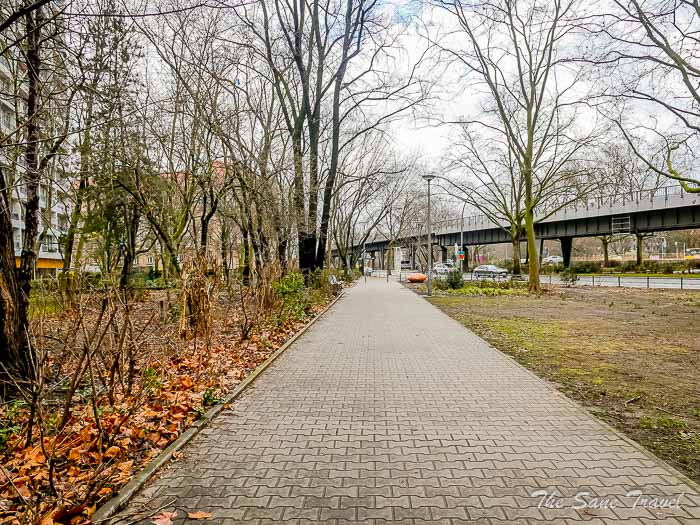
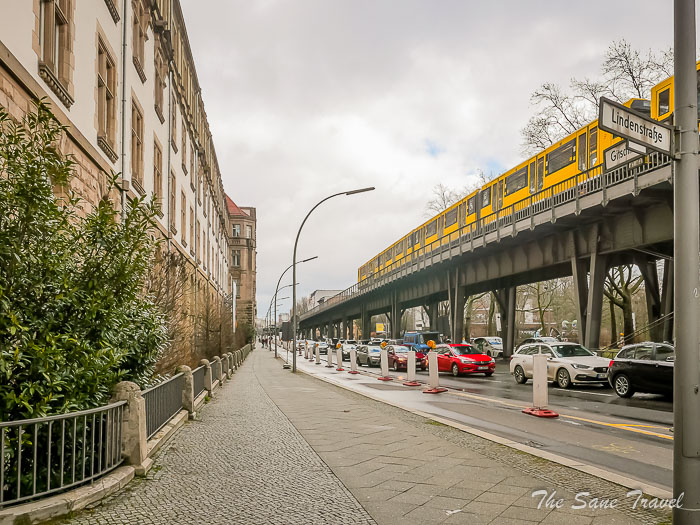
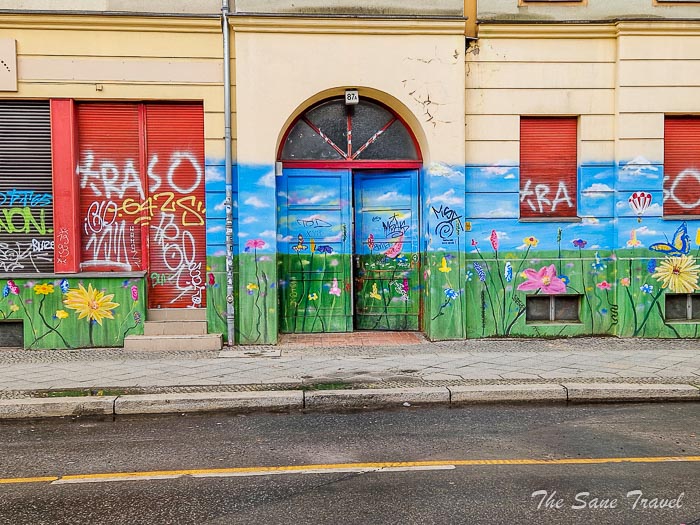
Brave Wall mural
Brave Walls are public monuments dotted around the world that increase awareness of human rights defenders. In 2021, a portrait of Brazilian women's rights activist Marielle Franco, murdered in 2018 in her hometown Rio de Janeiro, was created to mark International Women's Day by Katerina Voronina in cooperation with Amnesty International and Urban Nation.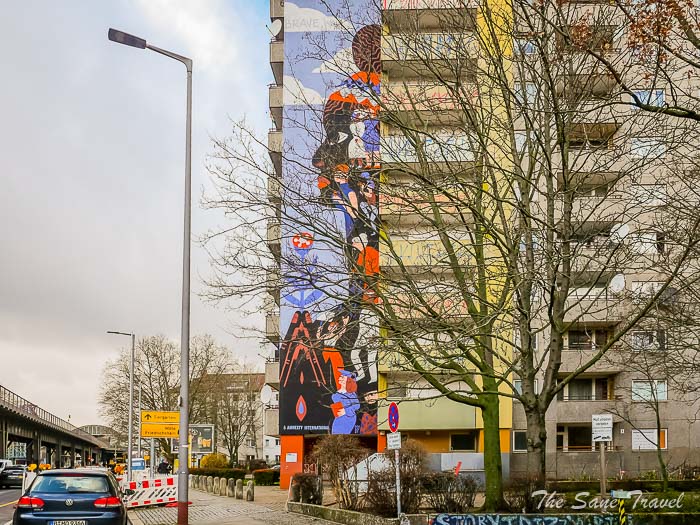
Location: Gitschiner Strasse 64
The next artwork on your way is Daphne and Apollo.
Daphne and Apollo
Argentine artist Francisco Bosoletti and Canadian artist Young Jarus painted this joint mural in 2018 under the motto ‘United’. The giant piece covers an area of 45x15 metres and shows the tragic love story of Daphne and Apollo. 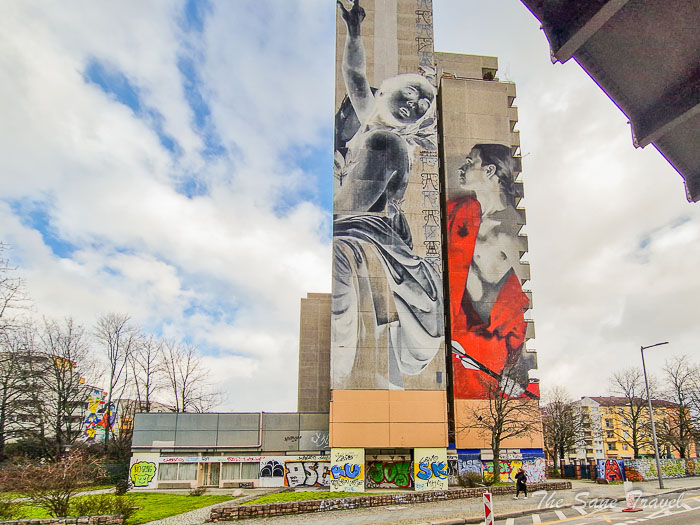 The story goes like this: Apollo angers Eros. As a result, he shoots two arrows, one of gold at Apollo and one of lead at Daphne. Because of that, Apollo falls madly in love with Daphne, but Daphne does not share the sentiment. To escape Apollo, Daphne finally allows herself to be transformed into a laurel bush. As an expression of his grief over unrequited love, Apollo has worn a laurel wreath on his head ever since.
The story goes like this: Apollo angers Eros. As a result, he shoots two arrows, one of gold at Apollo and one of lead at Daphne. Because of that, Apollo falls madly in love with Daphne, but Daphne does not share the sentiment. To escape Apollo, Daphne finally allows herself to be transformed into a laurel bush. As an expression of his grief over unrequited love, Apollo has worn a laurel wreath on his head ever since.
Location: Wassertorstrasse 65
Then look for the next artwork on your way.
Mural The red thread that holds us together
The colourful mural titled The red thread that holds us together was painted in 2020 when the lockdown due to the coronavirus paralysed Berlin. But what exactly is it that holds us together? Artist Emily Eldridge has explored this question, and according to her, the city, the neighbourhood, and home are what bind us together. All those who live here ultimately make Berlin what it is, no matter where they come from.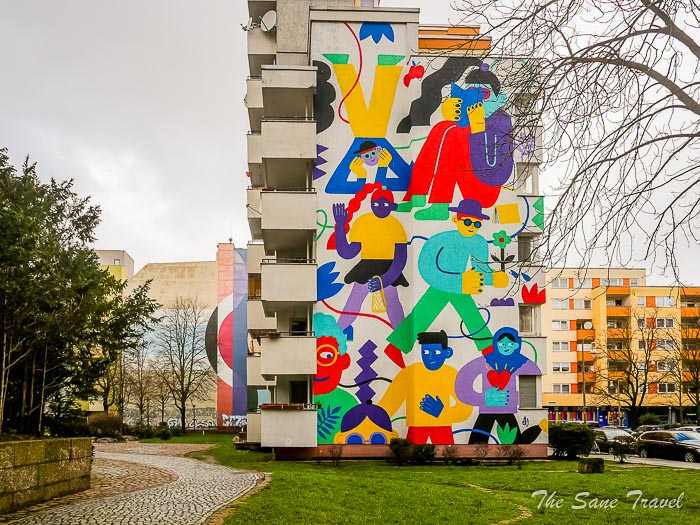
Location: Wassertorstrasse 64
Look also for smaller artworks in the vicinity. 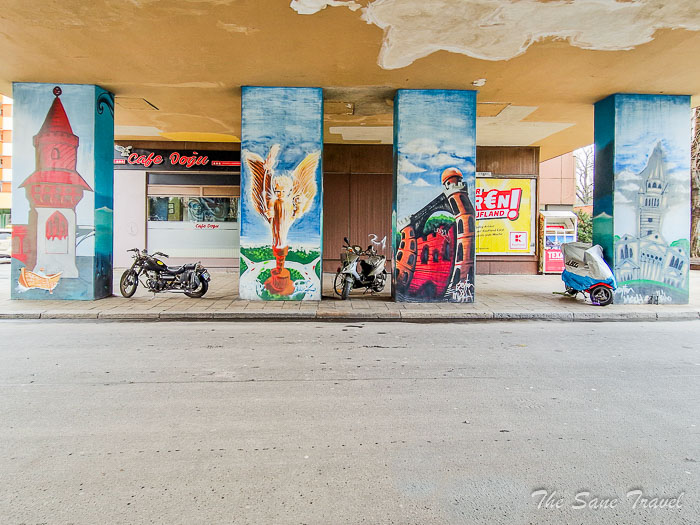 Then continue your way to Prinzenstrasse 19 to check out the Sweet Sin mural.
Then continue your way to Prinzenstrasse 19 to check out the Sweet Sin mural.
Sweet Sin mural
Two Swiss artists, Onur & Wes21, draw attention to the destruction of the world with this massive facade mural. "The world as we knew it as children no longer exists," the artists explain. "Humans are in the process of destroying their own habitat, exploiting their planet, and unbalancing the delicate environmental system." You can see the earth in the universe looking like a bitten apple. Coming from the beautiful Garden of Eden, the apple symbolises the sins of mankind like no other fruit. This mural represents our belated realisation of the need to protect the world.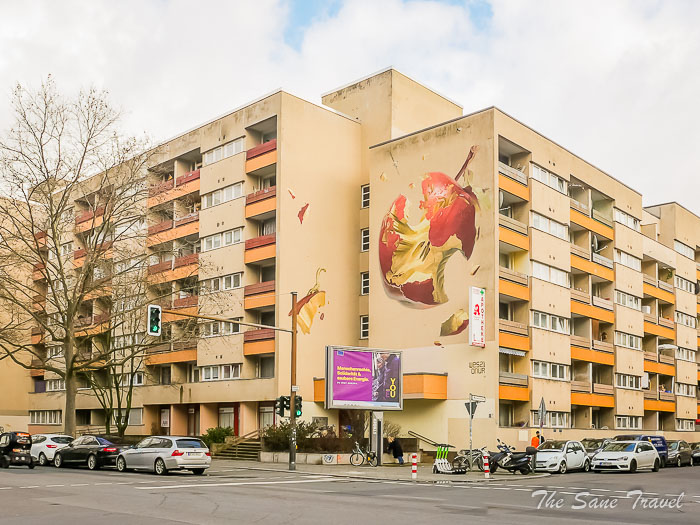
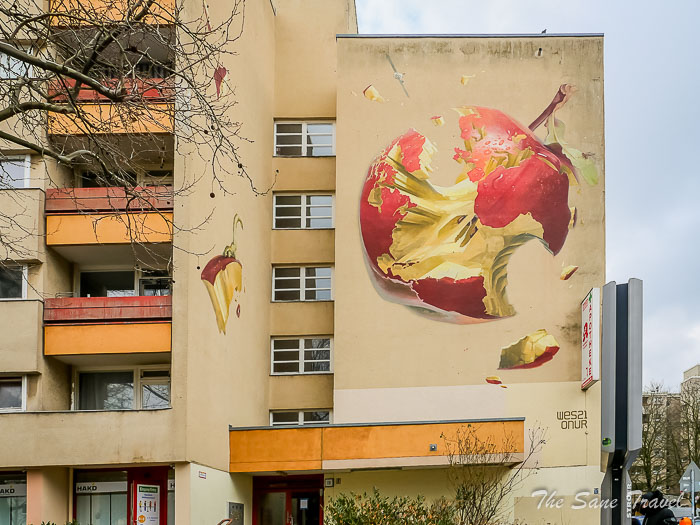
Location: Prinzenstrasse 19
Then return back to Moritzplatz U-Bahn station and get ready to test your skill of finding street art pieces. The last art piece of our tour is well hidden behind the small park in the yard. It is dedicated to Hip Hop and RnB music. Are you a fan? Please tell me the name of the pictured artist! Yes, you are right! It is Berlin-born Maximilian Diehn, or Kontra K, who made his career from a facade climber to one of the most successful hip-hop artists in Germany. 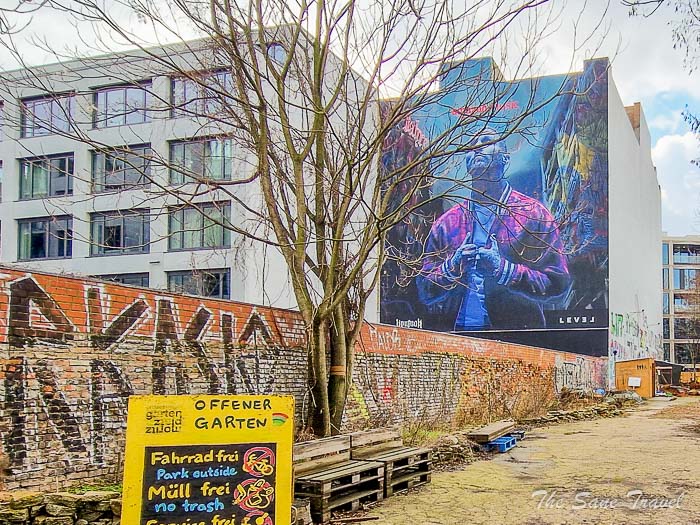
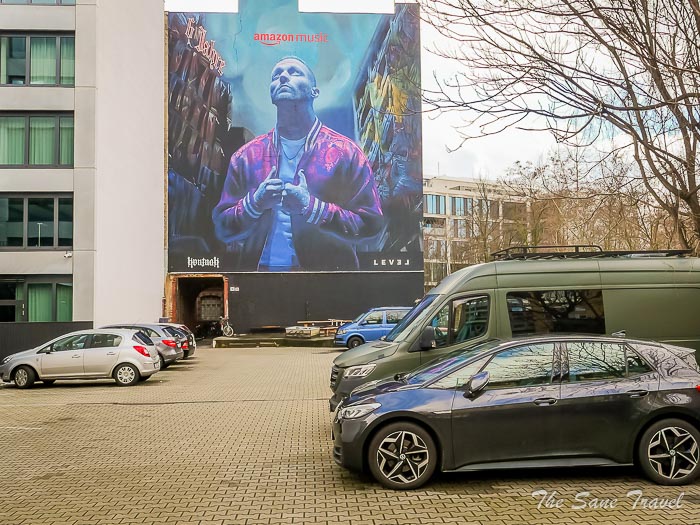 His collaboration partners have included hip-hop greats such as 187 street gang members Bonez MC, RAF Camora, Gzuz, and Cardi B.
His collaboration partners have included hip-hop greats such as 187 street gang members Bonez MC, RAF Camora, Gzuz, and Cardi B.
This map might come in handy during your walk.
Like it? Pin it!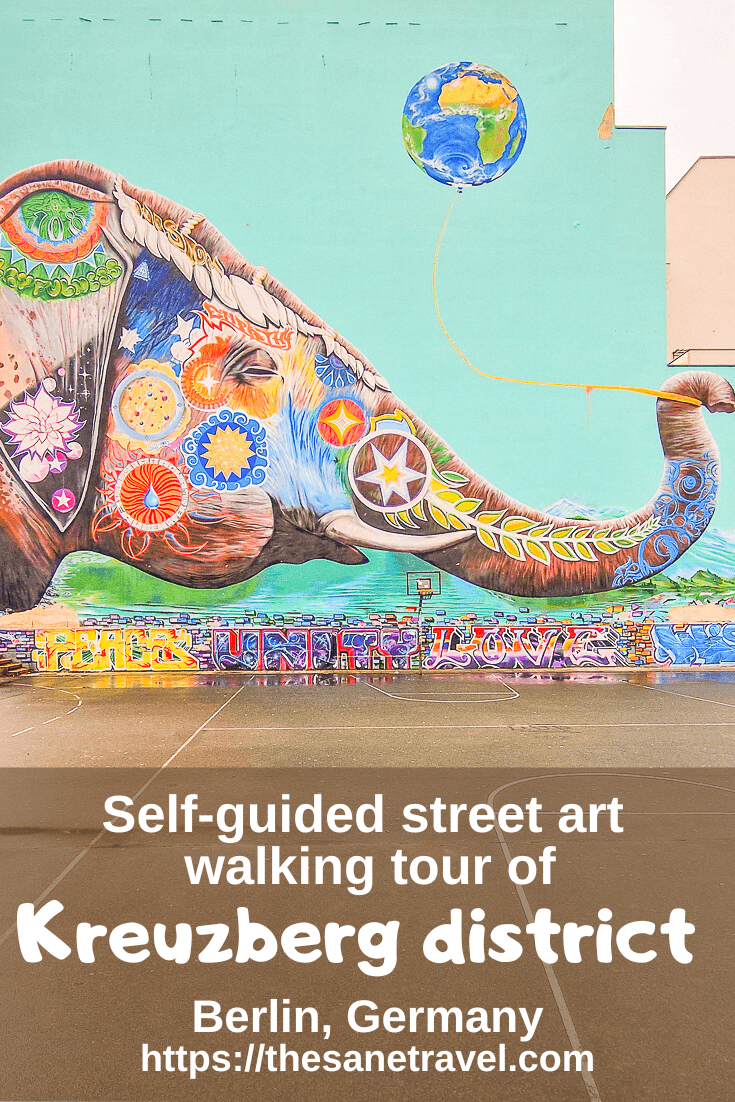
Want to explore more street art in Berlin? Visit the East Side Gallery! You can also check out my other articles about street art in different countries, including Bushwick Collective in New York City, a street art tour in London, and bright and colourful street art in Bogota and Medellin, Colombia.
What did you think? Have you visited Berlin? I would love to hear from you, so please add your comment below.
Author: Anita Sane

About the author
Anita is a part-time traveller, passionate photographer and a retired career woman from Latvia, travelling mostly solo for more than 15 years. She is a skilled travel planner who plans and executes her travels by herself. Anita wants to show you how to travel the world and open your mind to new experiences. Follow her on Facebook, Instagram, Pinterest, Twitter and Bloglovin.

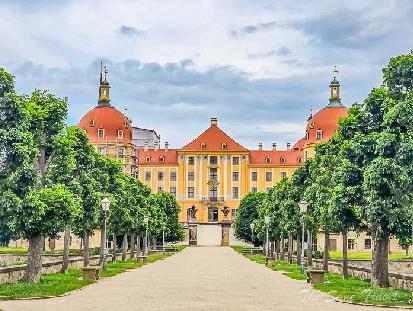
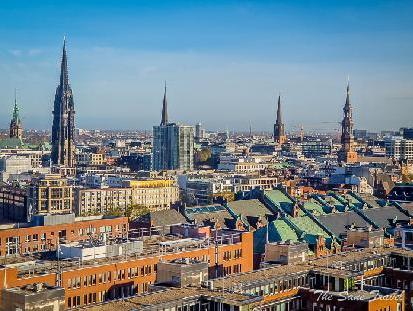
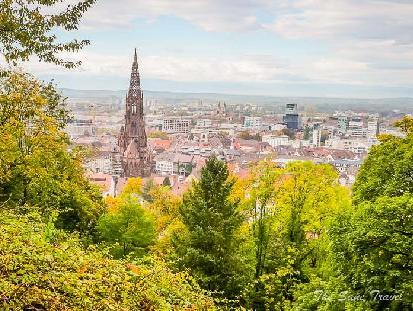
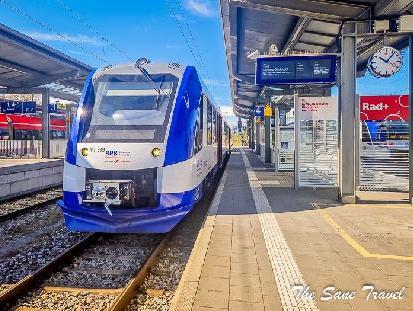
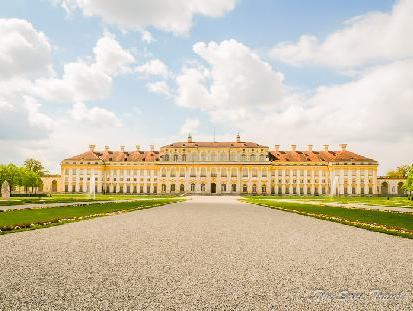
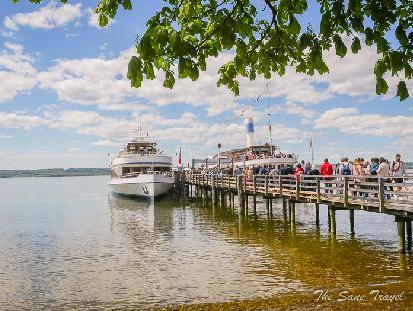
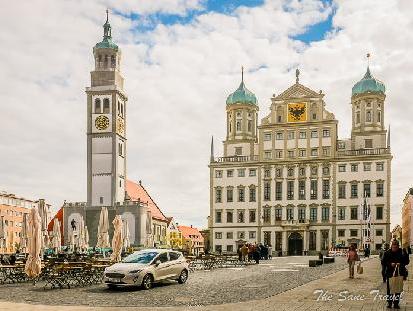
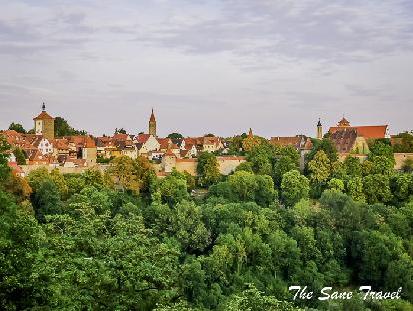
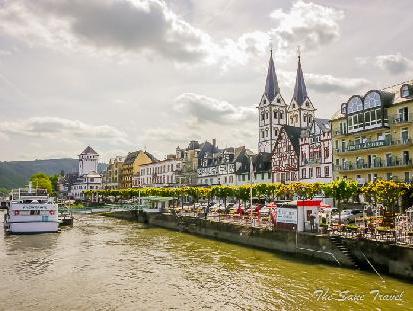
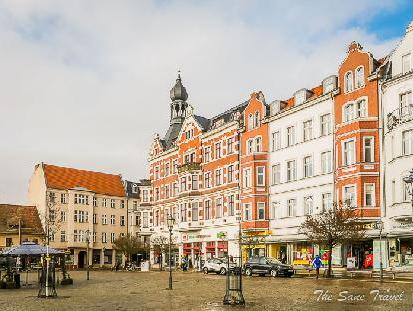
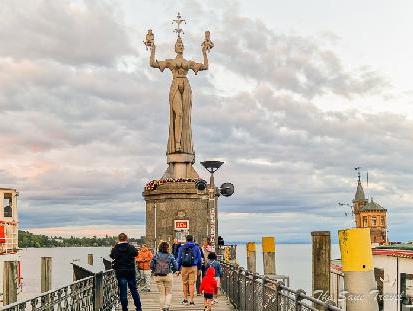
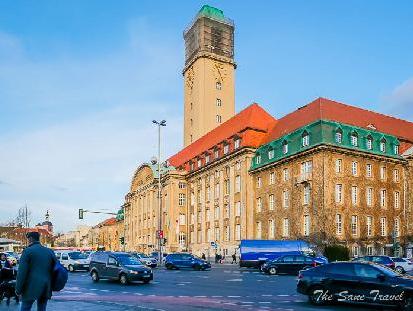

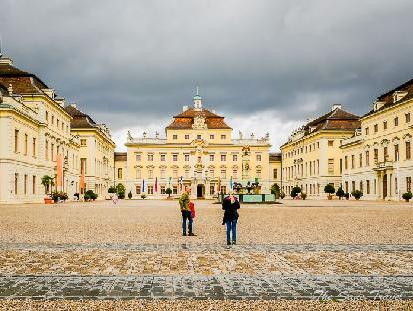
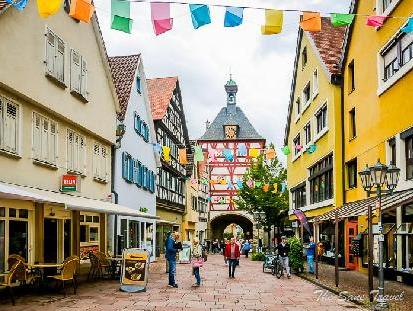
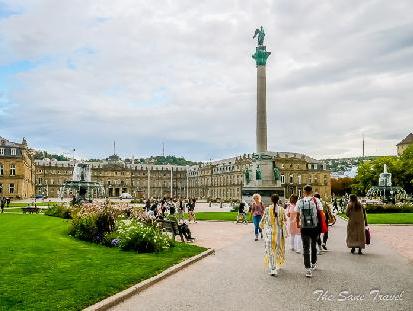

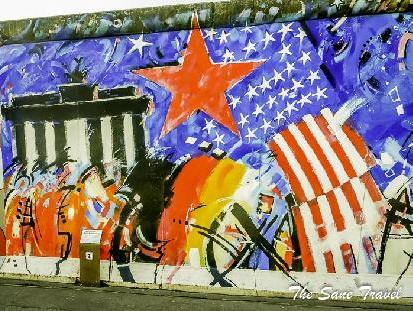
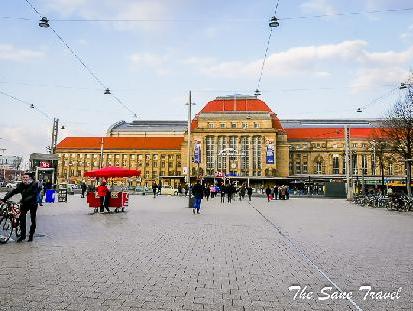
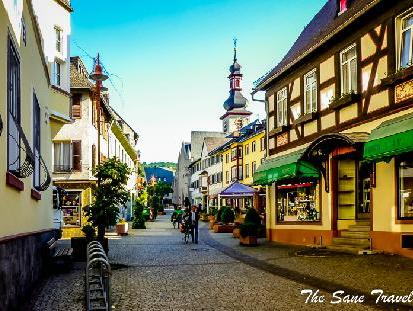
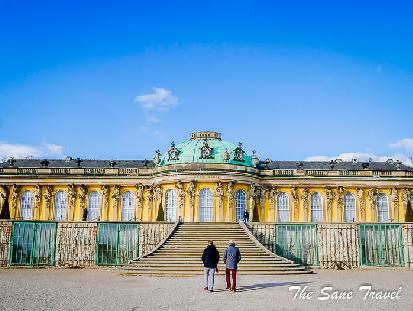
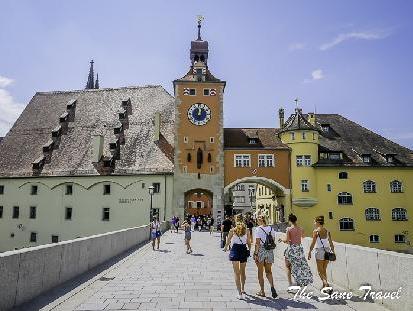
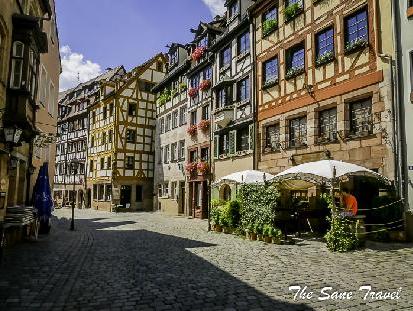
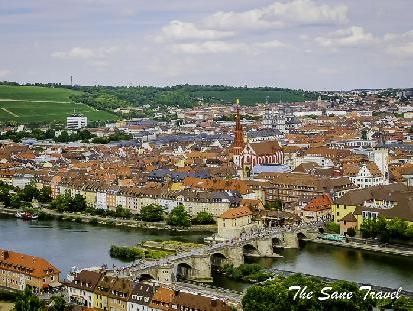
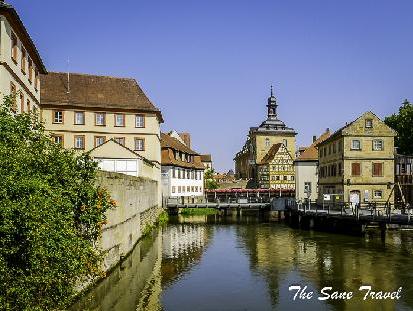
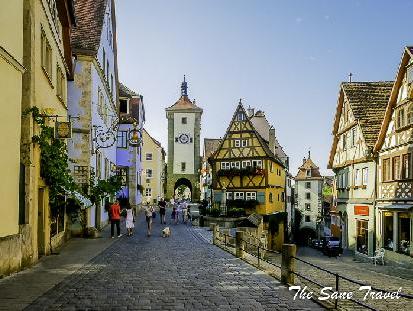
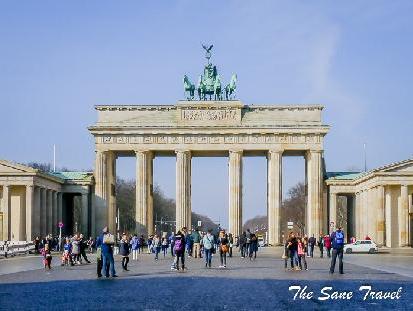
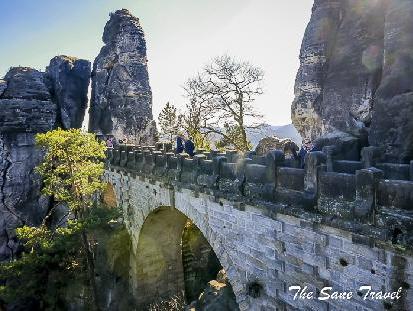
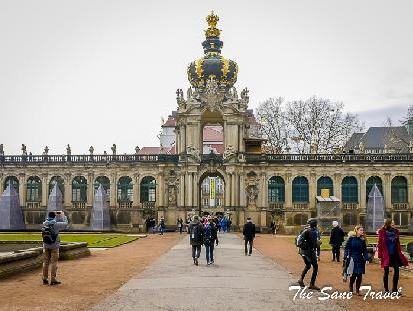
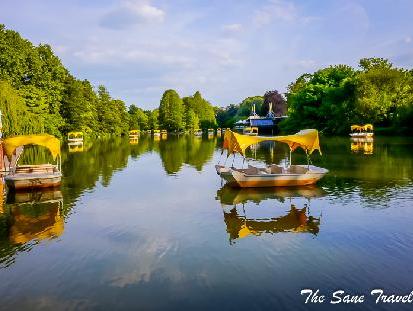
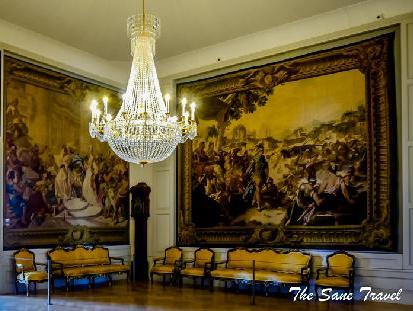
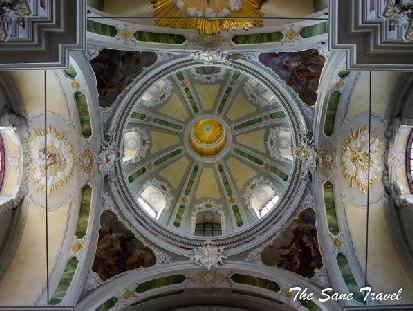
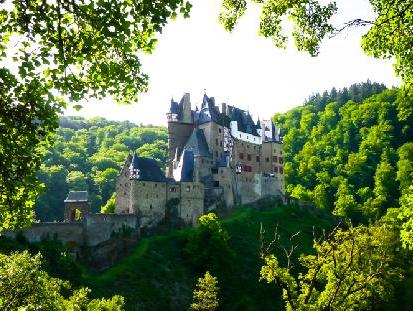
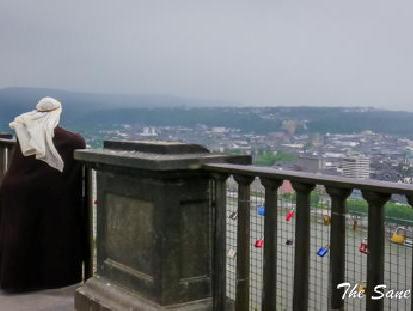
Report
My comments